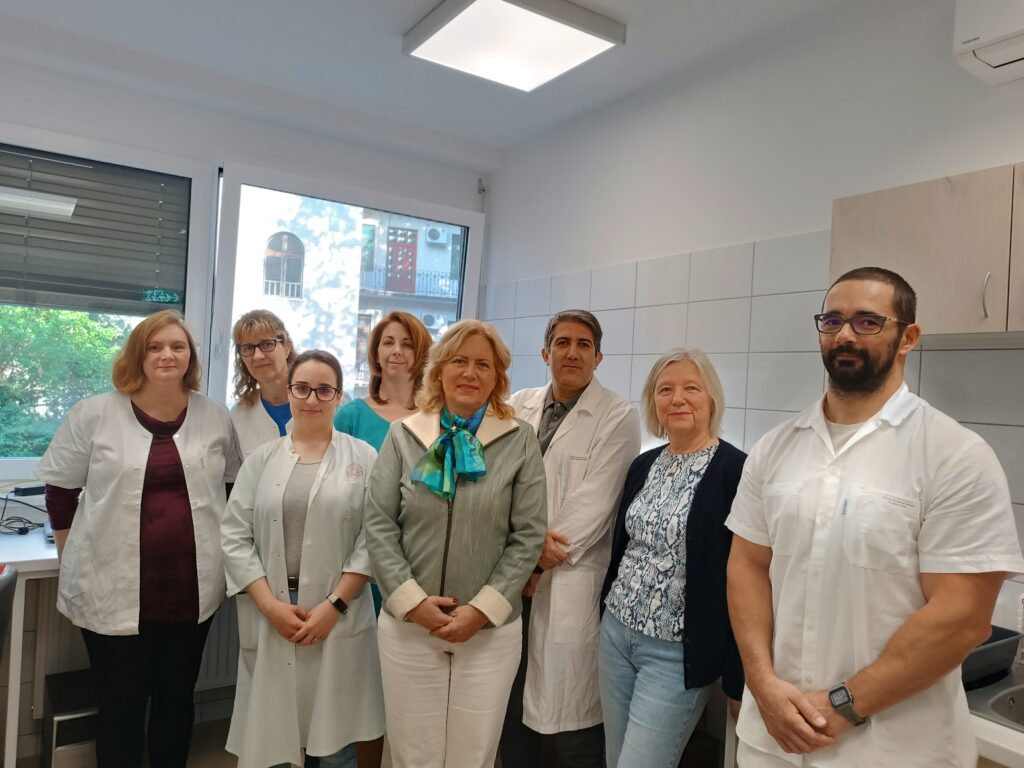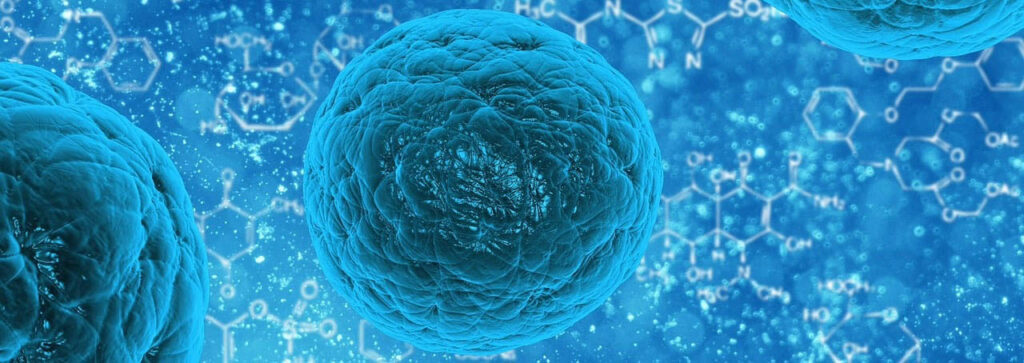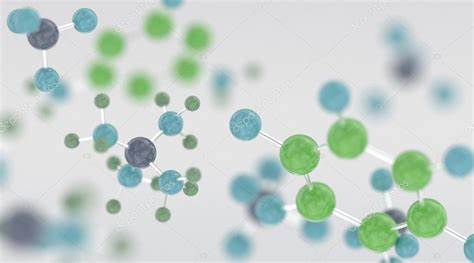Brief description of the research
Our research group conducts genetic and functional studies in rare dermatological diseases – genodermatoses – and neurogenetic diseases. One of the most important and challenging aspects of rare disease research is the discovery of how different genetic variants affecting the same pathogenic gene lead to the development of disease with different phenotypes and severity.
In the field of genodermatoses research, our focus is on cylindromatosis cutaneous syndrome (CCS), a rare skin disease with the formation of skin appendages. Mutations in the CYLD gene are responsible for the development of the disease, of which the effects of three early stop codon-causing mutations were investigated in an in vitro experimental system. According to our results, the stability and protein structure of the three CYLD proteins, truncated to varying degrees, differ significantly and affect the NF-kB signaling pathway in a different way, which suggests that the three mutations have distinct effects on the signaling processes taking place in the cells, and ultimately on the development of the disease. Our aim is to investigate the signaling pathways through which different truncated variants of the CYLD protein exert their effect on the development of the disease and the severity of the symptoms
In order to extend the research of genodermatoses, we began to study the genetic background of absent hereditary albinism. It is known that the genetic background of the disease only accounts for approx. 70% of patients, – the causative pathogenic variants are identified – but unknown in a quarter of patients. We identified a new mutation on the two-pore channel 2 (TPCN2) gene, which, together with a known common variant of albinism, may contribute to the development of albinism. Our results raise the possibility that digenic genetic background can partially explain the high missing heritability in albinism.
Expanding research into genodermatoses
Gorling-Goltz syndrome is a cancerous disease characterized by skin tumors as well as skeletal, ophthalmic, and neurological abnormalities. Whole exome sequencing (WES) and multiplex ligation-dependent probe amplification (MLPA) identified two new pathogenic PTCH1 gene variants.
Research into the genetic background of neurogenetic pathologies is carried out in close cooperation with the colleagues of the Neurological Clinic. In a rare neurogenetic disease – late-onset ataxia – we identified a new gene variant, which is the fourth mutation on this gene described in the literature For the genomic mapping of dystonia, a Hungarian patient population of 115 people was selected, in which 185 different variants were detected in 24 genes. To assess the pathogenicity of each variant, we perform family screening and extensive clinical tests.
Amyotrophic lateral sclerosis (ALS) is a fatal neurodegenerative disease characterized by the progressive loss of motor neurons. ALS used to be considered a painless disease, but research is describing an increasingly complex perception of pain. Our study was the first to reveal that pathogenic variants of the gene encoding CACNA1D protein and the SCN1A gene may play a role in ALS pathology and loss of pain sensation.We have extended our neurogenetic studies to identify hereditary factors in non-syndromic hearing loss (NSHL). The main goal of our work is to set up an effective genetic screening algorithm for the Hungarian population based on a comprehensive study. With the inclusion of 139 patients with NSHL, we developed a step-by-step genetic approach, using which it was possible to establish a genetic diagnosis in the case of 92 patients.





